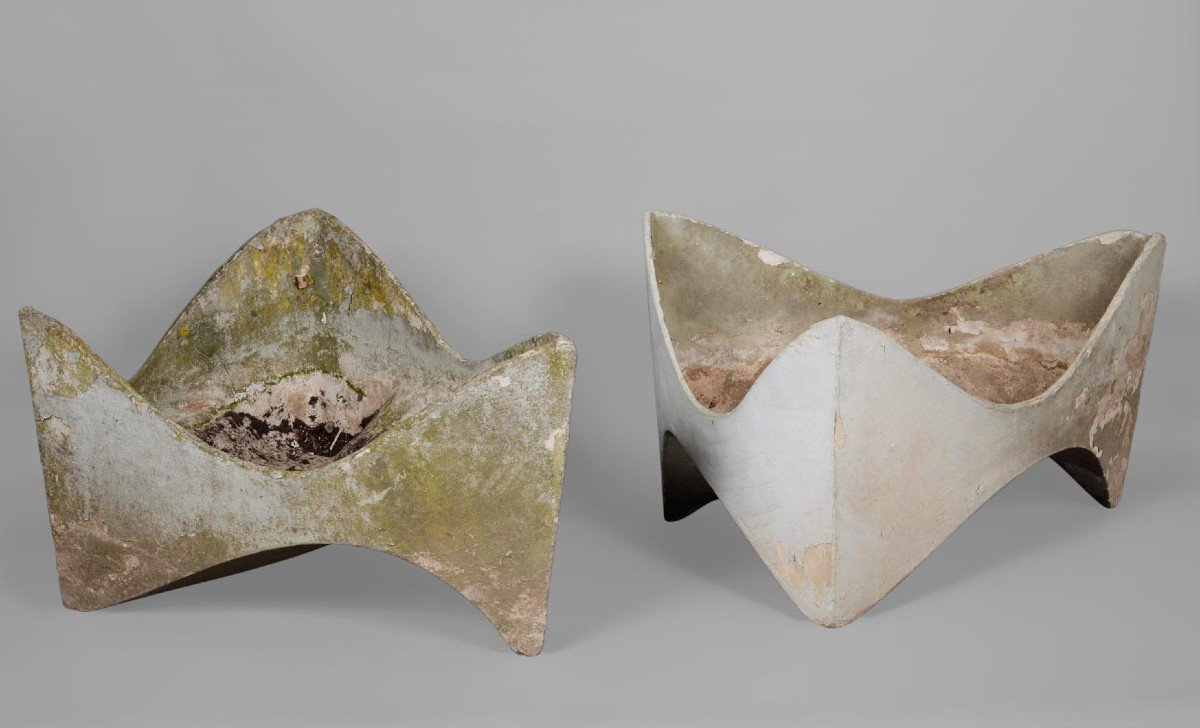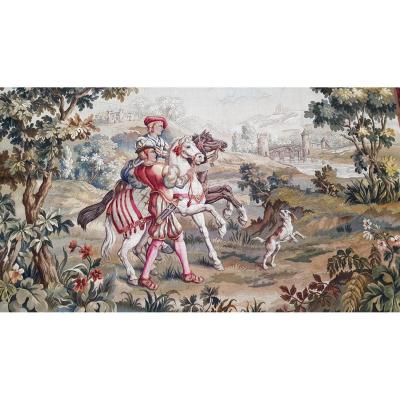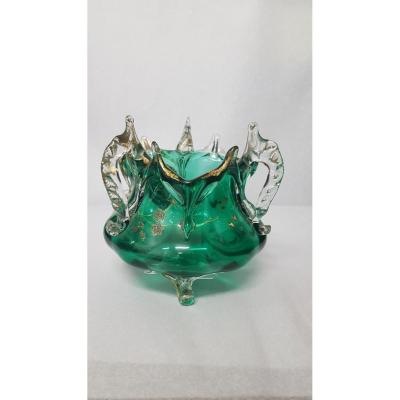Willy Guhl is one of those historic designers who have contributed to the international reputation of Swiss design. He is one of the great representatives of neo-functionalism. From a carpenter father, he trained as a cabinetmaker at the Kunstgewerbeschule in Zurich – Zurich School of Applied Arts where he also taught from 1941 – and became the director of the interior design department 10 years later. At the end of the 1940s, he carried out pioneering research in the field of plastic furniture. He then developed a knowledge of molding techniques that would allow him to reveal himself by transposing them onto a new material: Eternit, also called fiber cement, which he was one of the first to use in Europe.
Eternit is a kind of cement reinforced with asbestos and with a fibrous texture, which makes it possible to create bold pieces with new shapes. It takes on the appearance of large slabs which can be shaped as long as they are not dry. Originally produced for industry, it is a material that is both very inexpensive and very resistant, therefore perfectly suited to the manufacture of outdoor furniture.












































 Le Magazine de PROANTIC
Le Magazine de PROANTIC TRÉSORS Magazine
TRÉSORS Magazine Rivista Artiquariato
Rivista Artiquariato